Origins and Initial Development (1965-1970s)
Whitehall Mall's story began in 1965 when the developers Donnelly and Seus Properties Inc. purchased 19 acres of farmland in Whitehall Township, Pennsylvania, from a local farmer for $125,000.
This purchase sparked the construction of one of the Lehigh Valley's first major shopping centers.
The groundbreaking ceremony took place in 1965, and this new development quickly began to take shape.
Zollinger's, a department store, was the first to open on August 15, 1966. This early opening gave shoppers a preview of what was to come.
The full grand opening of Whitehall Mall occurred just a month later, on September 26, 1966. It showcased a vibrant selection of 52 stores.
Some of the major early tenants included Sears, Weis Markets, and Woolworth's, which were popular destinations in the area at the time.
In the years following its opening, Whitehall Mall continued to expand. By 1973, the mall had added new retail spaces to accommodate more tenants.
A pivotal change came in 1978 when the bankrupt Zollinger's was replaced by Leh's, another department store that would anchor the mall for years to come.
The expansion efforts during this period helped solidify Whitehall Mall as a key shopping destination, drawing crowds and contributing to the growth of MacArthur Road, now known as the "Golden Strip."
For locals and visitors alike, Whitehall Mall offered an experience that wasn't just about shopping - it was about convenience and excitement.
People could explore various shops, and it became one of the things to do near Allentown, PA, especially as the retail scene in the Lehigh Valley continued to evolve.
Expansion and Peak (1980s)
In the 1980s, Whitehall Mall saw one of its largest expansions.
In 1982, the mall grew to include an 82,000 sq ft Clover department store and a new corridor that connected several smaller shops.
This expansion increased the mall's retail space to nearly 666,000 sq ft, making it one of the largest shopping destinations in the Lehigh Valley.
Popular attractions like Space Port, an arcade located in the newly added section, became favorites for younger visitors.
However, competition started brewing across the street with the Lehigh Valley Mall.
This new mall, which opened in 1976, began to attract shoppers looking for a more modern experience.
Despite this, Whitehall Mall retained a strong customer base, particularly older shoppers who preferred its quieter, more relaxed atmosphere.
During this time, Whitehall Mall started to be seen as a more leisurely shopping destination, while newer outdoor shopping centers gained traction in the retail landscape.
As the decade progressed, Kravco, one of the mall's co-owners, invested further into the mall.
The goal was to keep Whitehall Mall competitive by renovating some of its interiors.
For example, Sears underwent a major update in 1984, adding 35,000 sq ft to its sales floor and converting some of its office space into more retail space.
These updates helped keep Whitehall Mall relevant, though its growth was slowing by the late 1980s.
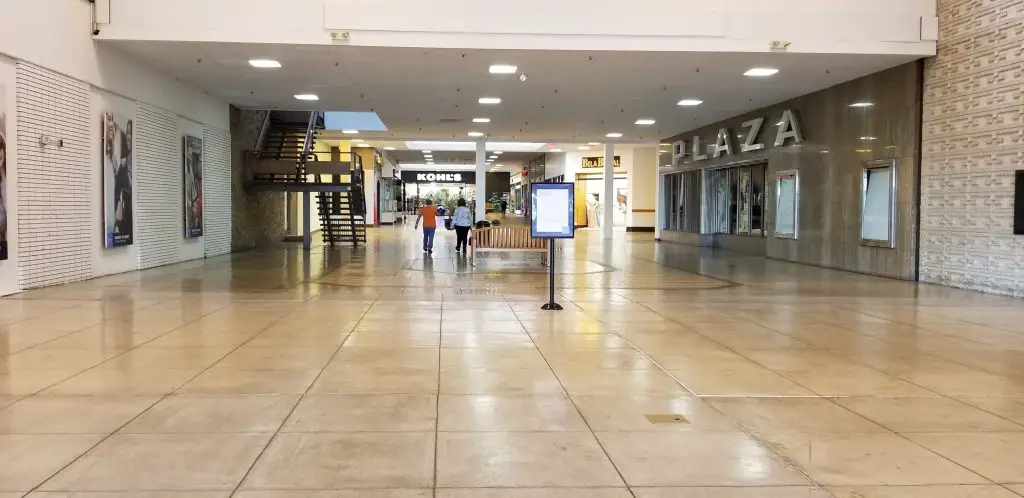
Struggles and Decline (1990s)
By the 1990s, Whitehall Mall faced growing challenges. Several key tenants began to leave, starting with Leh's department store, which closed its doors in 1996 after years of financial struggles.
The loss of Leh's marked the beginning of the mall's decline as it struggled to fill the large vacant space.
Shortly after Leh's closure, Clover also shut down, leading to further vacancies.
However, Kohl's took over the former Clover location in 1997, providing a much-needed boost to the mall's tenant list.
The 1990s were also marked by a series of renovations intended to breathe new life into Whitehall Mall.
In 1998, a $15 million renovation project sought to modernize the mall by reducing its traditional enclosed structure.
During this time, the mall's owners, Kravco and PREIT, decided to convert large portions of the mall into open-air retail spaces, a trend that was gaining popularity across the country.
However, despite these efforts, Whitehall Mall struggled to maintain its former prominence.
Adding to these difficulties, Woolworth's, one of the mall's longest-standing tenants, closed in 1997, signaling the end of an era.
Bed Bath & Beyond later occupied the space, but the mall never fully recovered its former vibrancy.
Though the renovation added new stores and improved the layout, Whitehall Mall faced stiff competition from newer, more modern shopping centers nearby.
Transition and Modern Challenges (2000s-2020s)
The early 2000s brought mixed results for Whitehall Mall as it tried to adapt to shifting retail trends.
In 2005, Gold's Gym moved into the former Leh's and Plaza Theater locations, occupying a large portion of previously unused space.
While this brought a new type of tenant to the mall, it was clear that traditional department stores were no longer the main attraction.
Retail giant Raymour & Flanigan also moved in, taking over two vacant storefronts in 2012, filling key gaps in the mall's lineup.
In 2014, Washington Prime Group became the sole owner after purchasing PREIT's share of the mall.
This marked a turning point in the mall's management, but the challenges continued to pile up.
The retail landscape had already started shifting toward e-commerce, and malls across the country were feeling the impact.
As a result, Whitehall Mall's large anchor tenant, Sears, couldn't sustain its operations, leading to the store's closure in February 2020.
The COVID-19 pandemic in 2020 further strained Whitehall Mall, leading to a wave of additional closures.
Stores like PA Fitness (formerly Gold's Gym) shut down in January 2022, reflecting the wider decline in foot traffic and retail interest.
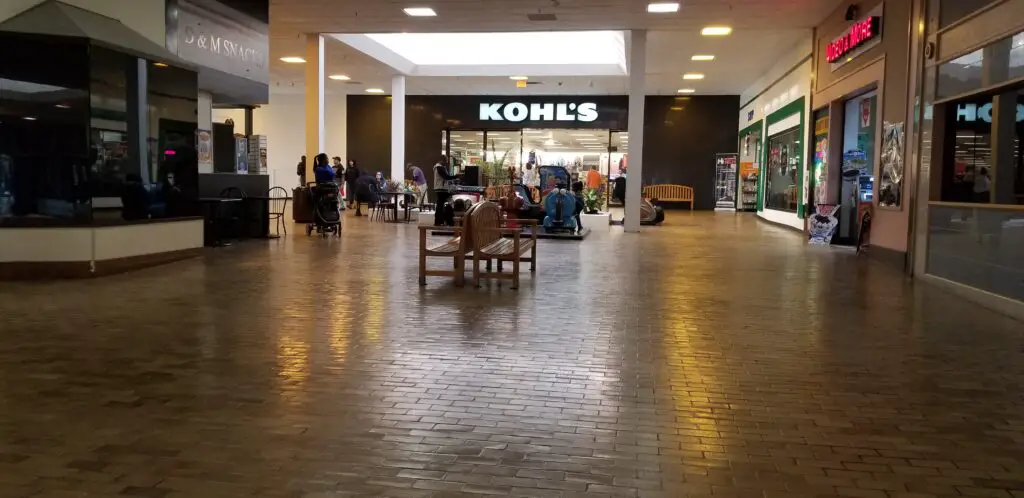
Redevelopment and Future Prospects (2023 Onward)
The Old Country Buffet location, which had been vacant for some time, was demolished in September 2023 to make way for expanded parking.
Meanwhile, several other stores, including Buy Buy Baby and Harmon Face Values, closed in July 2023, followed by Bed Bath & Beyond in August 2023.
Despite these closures, efforts were made to revitalize the mall with new tenants.
The 82,500 sq ft space, previously occupied by Sears and the Sears Auto Center, has been demolished, and Floor & Decor opened in December 2023.
While Whitehall Mall's future remains uncertain, these redevelopment efforts reflect a broader trend among malls across the U.S.
As the mall shifts toward specialty retail and mixed-use development, it hopes to maintain its place in the Lehigh Valley's retail landscape.

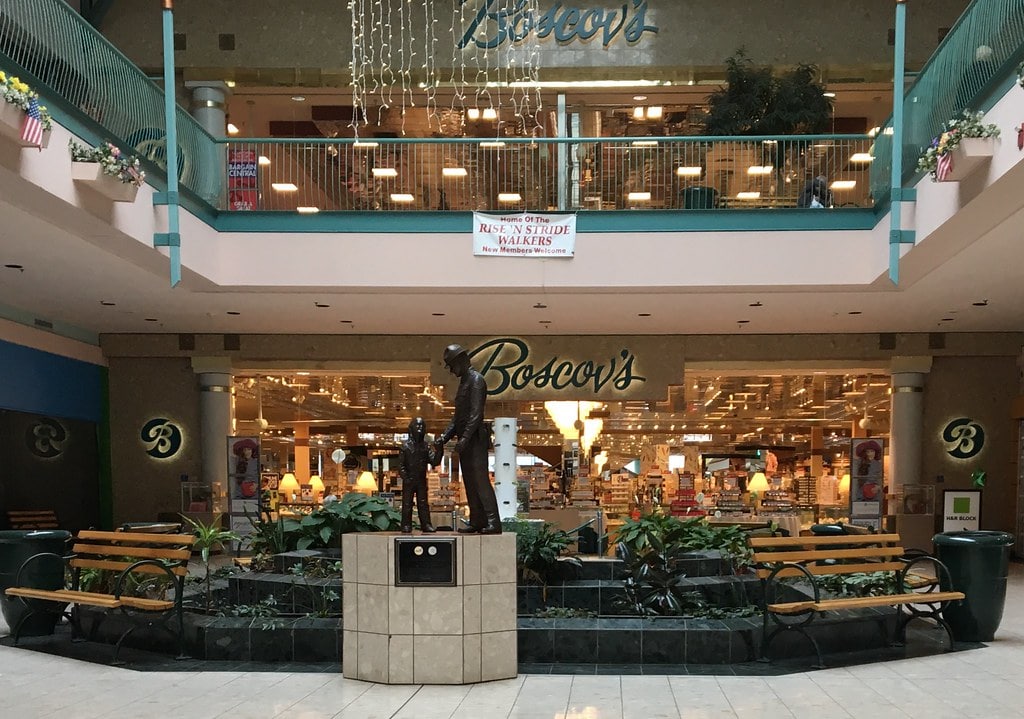
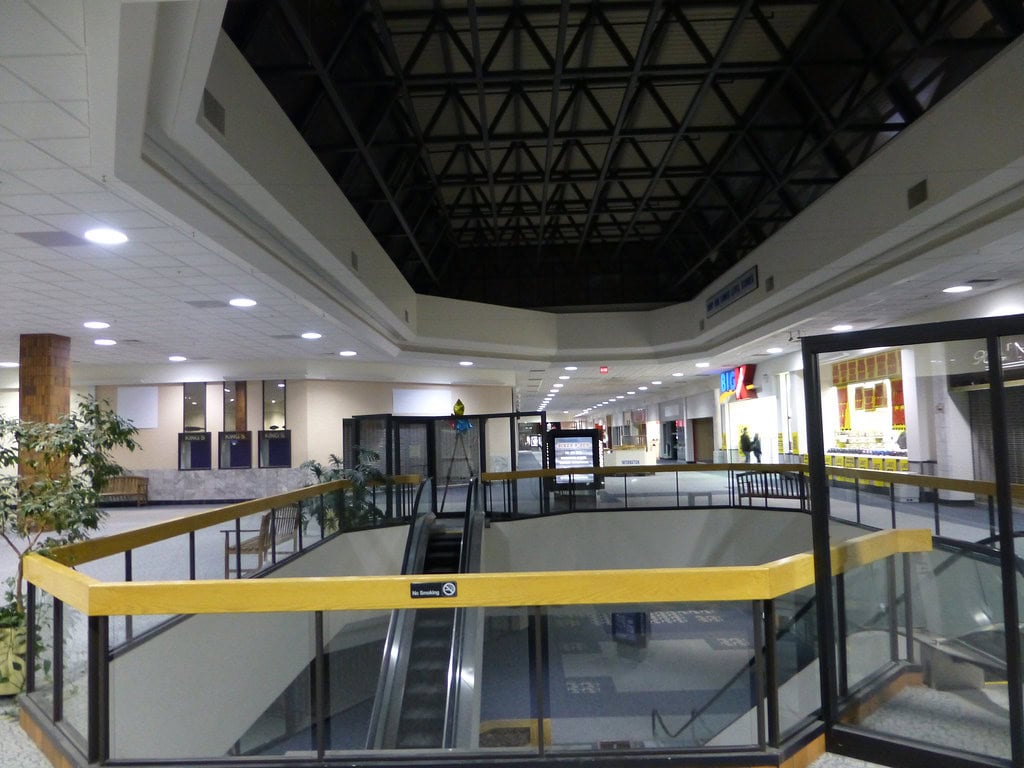

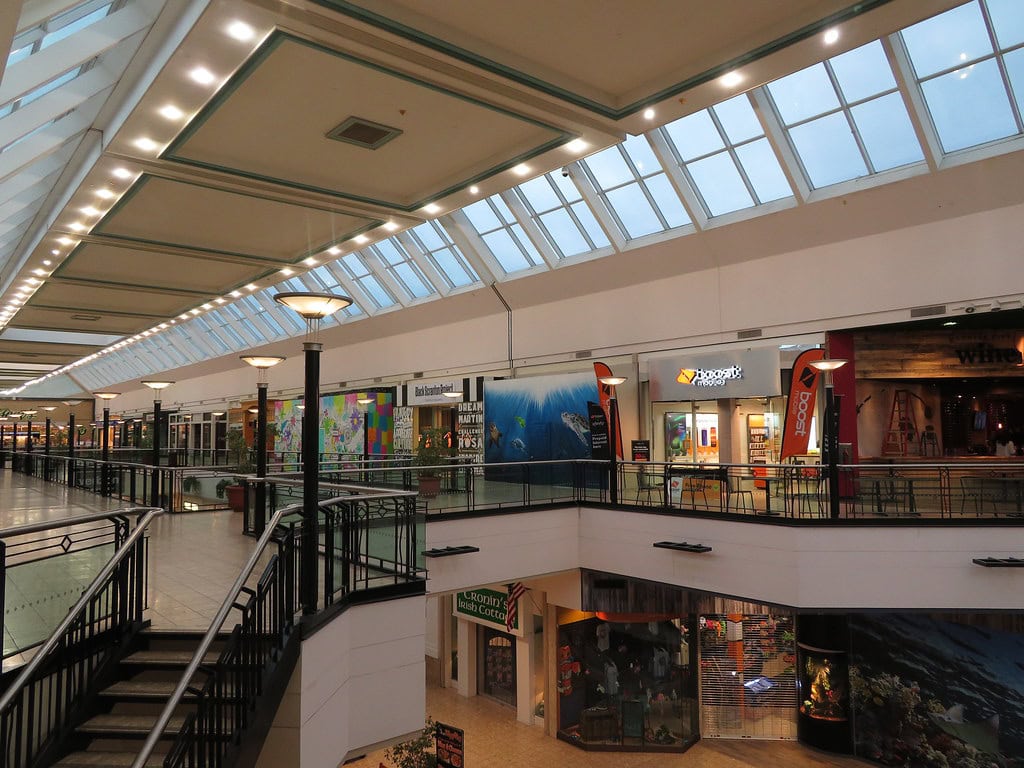


I enjoyed your tour of the Whitehall Mall. In your commentary, the pronunciation of Leh’s should sound like Lays. Some of the other stores were Spencer Gifts, Orange Julius (kiosk in the middle), KBee Toy Store, Habband (a men’s clothing store).
Thanks for the memories.
I love the nostalgia in your comment—it’s great to hear about what made Whitehall Mall unique. Thanks for sharing your memories!
Loved the Whitehall Mall. Went to my first movie at the Plaza Theatre. I remember the giant bird cages they had in the center of the mall and also the fountains that turned color. My first job was Woolworth first in the restaurant and then the snack bar. From there, I worked at Donuts Galore and my mom worked at Rea & Derick drug store which had a luncheonette attached. Always had something going on in that mall. I loved the orange Julius, too. Really miss those days!
Malls used to be more than just stores. They were where people worked, where they spent weekends, where they met up with friends. Whitehall had all of that. And for those who remember, it's impossible not to miss.
Remember it it like it was yesterday we lived in Lansford and my mom and Dad used to bring us to the Mall a lot. I loved it around Christmas time Woolworth’s had a huge toy area in the mall along with trains. It’s sad these days are gone but the memories will always be there!
It's sad that those days are gone, but at least you got to live them. Woolworth's, the trains, the way Christmas felt back then—it's a time and place that can't be recreated.